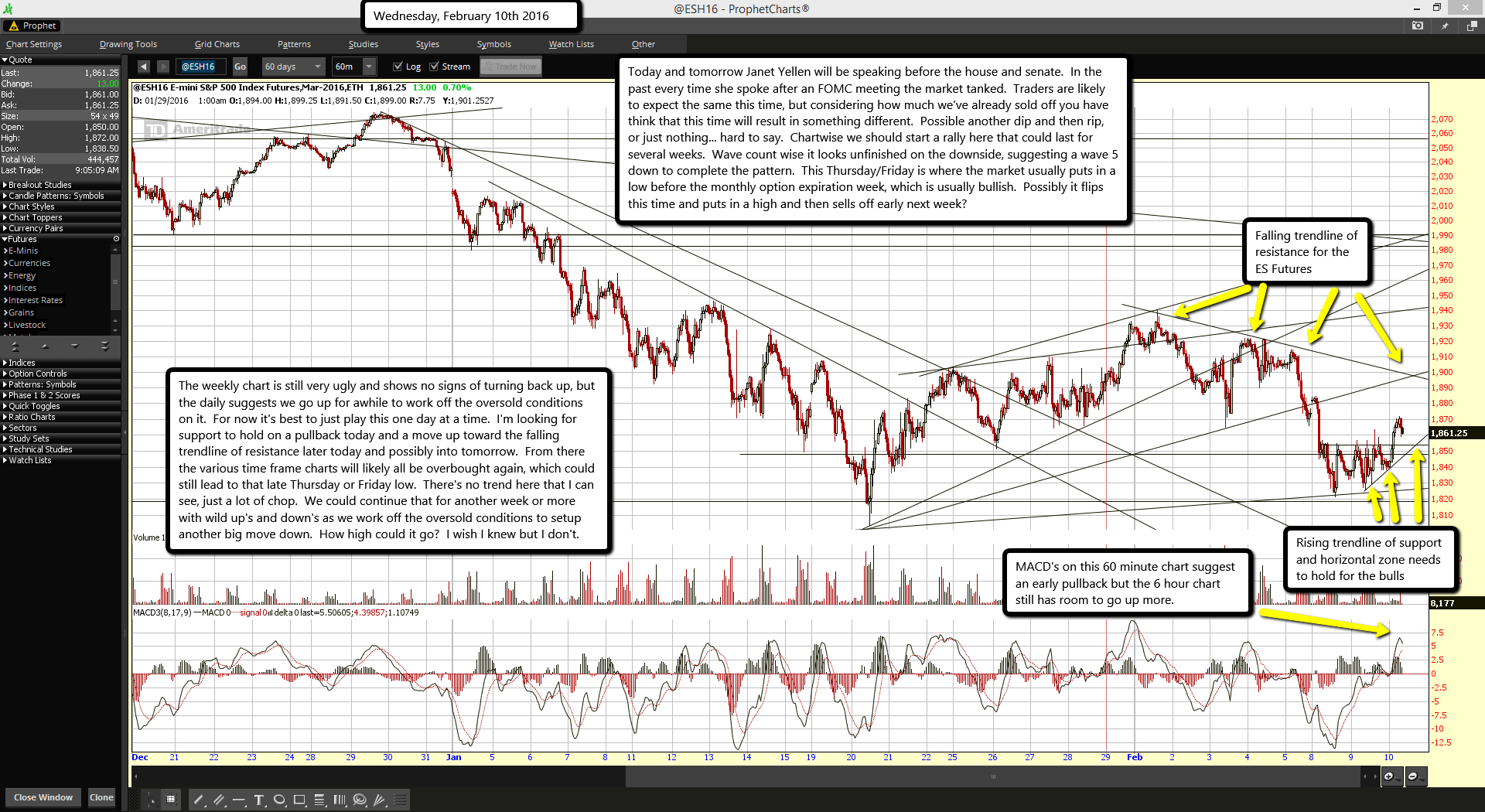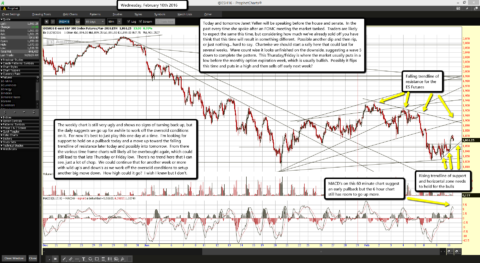[ad_1]
This is an article I’ve been planning to write for approximately half a year. Alas, so many other hot news stories, EV reports, conferences, and the daily truckload of editing, email, social media, and side projects have blocked that from happening. Many touching videos and insightful comments from readers almost pushed me to write the piece much earlier, and I only hope now that I won’t miss any of the thoughts that came to mind then, but I’m sure readers will add much more to extend the conversation whether I do or not.

Elon Musk is in a unique category not just because of how superbly he has done in business — from Zip2 to PayPal to Tesla & SpaceX & SolarCity. He’s also a bit of a cult superhero. Actually, he’s an iconic figure and quite idolized in several sub-cultures. Space nuts. Business freaks. Cleantech lovers. Electric car enthusiasts. Coding nerds. And surely others as well.
He’s loved so much not just because of what he’s achieved and what his companies do, though. It’s also largely because of specific aspects of his personality and how he interacts with the public, imho. Furthermore, I think those two factors contribute a great deal to the success of some of his companies, especially Tesla Motors.
I’ll jump to my list of reasons shortly, but first, see how many cleantech CEOs you can picture with a couple minutes of thought.
…
…
Despite covering this industry obsessively for years, there are just a handful of people who come to mind for me. Frankly, I think that’s a huge #FAIL on the part of the communications and marketing arms behind most cleantech companies, as well as the CEOs themselves. Humans connect with humans more than anything else. Having a human who is the well known and liked face of a company is a great way to advance the company’s customer base and grow its business. Yet… the approach is largely ignored by cleantech companies. It’s pretty disappointing for me to witness.
But back to Elon…
Whether it’s intentional or through pure luck, Elon has very effectively become the face of Tesla Motors and SpaceX… and even SolarCity to an extent, despite the fact that he spends very little time on the company and the CEO is cousin Lyndon Rive (probably one of the few faces that came to mind in the exercise recommended above). Elon has put himself out there enough that his face often pops into our thoughts when we think about Tesla. At least as importantly, though, many of us simply love the guy. And here’s why…
Elon is real.

CEOs these days have been polished more than Michelangelo’s David (potentially incorrect statement, but you get the point). Corporate talk has become BS as nauseating as BS from establishment politicians. You can see how “the outsiders” are doing in political polls right now. Elon, similarly, is an outsider in the business world. He doesn’t fluff up his remarks and spit out generic, useless statements. He’s “real.” He says stuff how it is. He answers questions directly (except with particularly sensitive and concealed topics). He speaks in a casual, friend-to-friend style rather than like the annoying “too good to toot my own horn” members of many a C-suite.
Elon is thoughtful.
You can picture it now. Elon is served a question. He pauses, purses his lips in a particular way, gazes with inquisitive and searching eyes, starts to answer it, quickly interrupts himself to qualify a statement or make it more precise, couches the answer in some important context, perhaps drops an engineering term or two on us, and closes the answer as if he’s taking the explanation further in his head or thinking up more context and is still unsure if he should go on or leave it at that.
Altogether, we can see that he’s very thoughtful. In his answers, and in what he does. We appreciate that.
Again (coming back to the first point a bit), Elon doesn’t just shoot over some catchphrases or generic answers, at least not very often. He turns a question into a seminar in whatever the topic might be.
Partly because we respect thoughtful behavior, and partly because we love it that Elon cares and engages with us enough to spend the time on such things, many of us love this aspect of his character.

Elon cares.
Speaking of caring… we are repeatedly impressed with this very important point. Elon cares. He cares about others, doesn’t want “jerks” on his teams messing up people’s work atmosphere, wants the customer to be happy (and sometimes goes to absurd lengths to make them so), and wants to spend his life helping society.
At least since he “hit it big” with PayPal, Elon has dedicated an absurd amount of his breathing life, and his cash, to helping society. Tesla Motors is about combatting global warming, cleaning the air, building the safest cars on the planet, and making products that excite and inspire people. SpaceX is about helping to make the human species interplanetary, both for boosting our long-term survival odds as well as for bringing unprecedented adventure and exploration to another generation. SolarCity is about transitioning to a clean, abundant, and socioeconomically decentralized source of electricity generation.
Interview after interview, Elon comes back to the thoughts he had in college regarding the factors most critical to the future of humanity and human well-being. If you don’t know by now that Elon really cares about society, you haven’t watched enough interviews with him. Here’s a good place to chill out for a bit.
Elon is the nerdy underdog who was almost bullied to death (literally) and then won the world.

No doubt about it: Elon is a nerd. And we seem to be in a phase where nerds are glorified. We love nerds. Maybe many of us feel like we were/are the nerds. Maybe we’ve just come to love the quiet bookworms. I’m not sure, but Elon’s nerd status (king of the nerds?) certainly helps grow his appeal.
Whether we see him as a classic lover of The Hitchhiker’s Guide to the Galaxy, Sheldon from The Big Bang Theory, or just some generic nerdboy turned nerdman, he’s very endearing to many of us.
Learning about his childhood reading book after book like a machine, the extent to which he was bullied (and even nearly beaten to death), and his early video game entrepreneurship with brother Kimball, he grows on us more and more. (Some of us, at least.)

Elon talks to us on our level, and remains “just one of the guys.”
 This is similar to the section at the top on Elon being “real,” but I thought it was worth teasing out as well. Despite his nearly “untouchable” status, Elon seems to talk to nearly everyone in the same way. Whether you’re a young high schooler or a rich businessman or a TV show host, Elon talks in practically the same style. He doesn’t typically talk down to people or butter people up.
This is similar to the section at the top on Elon being “real,” but I thought it was worth teasing out as well. Despite his nearly “untouchable” status, Elon seems to talk to nearly everyone in the same way. Whether you’re a young high schooler or a rich businessman or a TV show host, Elon talks in practically the same style. He doesn’t typically talk down to people or butter people up.
Nonetheless, he brings the discussion to our level. He tries hard to answer questions in a way that will help the questioner. He puts the language at the expected level of knowledge of the listener(s), and he provides analogy after analogy, metaphor after metaphor, to put complicated points that, normally, only certain engineers or economists or businesspeople would understand in terms that an uninitiated, uncultured, buffoon-like cleantech blogger can digest.
It’s not just more interesting and stimulating for the audience — it also shows respect for the person on the other side of the conversation, whoever it may be. It shows Elon’s not just interested in talking for his own benefit or to hear his own voice, but to help improve the understanding and experience of as many people as possible.
Elon is cautious and humble (to an extent).
As noted above (in the “Elon is thoughtful” section), Elon is quite cautious about his statements. Yes, he is known to be overly optimistic regarding timelines (perhaps that’s part of why he gets so much done — “It’ll just take this long. Let’s do it.”), but regarding most matters, he is obsessively cautious about accuracy and performance. While he may be profiled in some ways as a risktaker, he went to great lengths to build the safest car on the planet. While he is having a lot of fun while doing so, his chief life aims are apparently helping society to be more cautious with the planet’s climate, the planet’s store and quality of natural resources, and our likelihood of long-term survival.
Elon doesn’t neglect to state a stunning accomplishment when it’s relevant to the conversation and advances an argument, but, from my perspective, he’s very cautious to not state things that aren’t true and humble about how much he and his companies can actually achieve.
As has been noted numerous times before, he expected Tesla Motors and SpaceX to fail. He has said in the past that Tesla’s stock price seemed a bit high compared to what Tesla had achieved. He has cautioned innumerable times that he isn’t certain about this or that, something could always go wrong, his projections are just best estimates (not sure to be correct), etc.
I imagine some people will disagree with me on this one, given how I’ve seen Elon profiled in some other places, but I see him as an abnormally cautious and humble person.
Elon is Iron Man.

But that doesn’t mean he can’t be idolized a bit. The man has inspired a generation or five. He has achieved several things that all but a small minority thought were practically impossible. He has made a million, turned that into a billion, and then turned that into $10.8 billion. Robert Downey Jr. shadowed him in order to get into character for Tony Stark, Iron Man. His accomplishments are worth celebrating. He’s worth celebrating.
Call me a fanboy — fine by me. I love the guy, similar to how I love many goodhearted and hardworking friends, and similar to how heroes in certain movies appeal to my sensitivities. For all the reasons above, that seems to be more common than not loving the guy.


Get CleanTechnica’s 1st (completely free) electric car report — Electric Cars: What Early Adopters & First Followers Want.
Keep up to date with all the hottest cleantech news by subscribing to our (free) cleantech newsletter, or keep an eye on sector-specific news by getting our (also free) solar energy newsletter, electric vehicle newsletter, or wind energy newsletter.
About the Author
Zachary Shahan is tryin' to help society help itself (and other species) one letter at a time. He spends most of his time here on CleanTechnica as its director and chief editor. Otherwise, he's probably enthusiastically fulfilling his duties as the director/editor of EV Obsession, Gas2, Solar Love, Planetsave, or Bikocity; or as president of Important Media. Zach is recognized globally as a solar energy, electric car, energy storage, and wind energy expert. If you would like him to speak at a related conference or event, connect with him via social media: ZacharyShahan.com, .
[ad_2]
Source link
 Indeed, the markets have thus far greatly punished companies that haven’t given a strong outlook for this year, so odds are that we can expect quick movement in the automaker’s shares after hours. So far, the stock is on track for a 15% weekly decline—or worse. Already year to date, Tesla shares have plunged by nearly 40%.
Indeed, the markets have thus far greatly punished companies that haven’t given a strong outlook for this year, so odds are that we can expect quick movement in the automaker’s shares after hours. So far, the stock is on track for a 15% weekly decline—or worse. Already year to date, Tesla shares have plunged by nearly 40%.




























